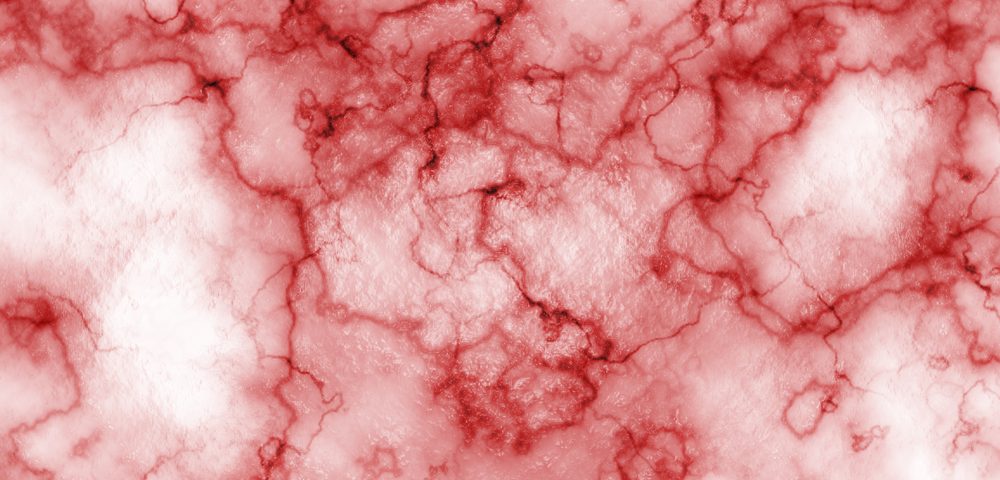Patients with Raynaud’s phenomenon show high levels of damage to the cells lining the interior of blood vessels — the endothelial cells. Those with the most damage are more likely to develop connective tissue diseases such as systemic sclerosis (SSc).
The study, “Detection of early endothelial damage in patients with Raynaud’s phenomenon,” was published in the journal Microvascular Research.
Raynaud’s phenomenon, a disorder that affects blood vessels, may occur as a first manifestation of underlying connective tissue diseases, including SSc. In fact, 90% of patients with SSc show Raynaud’s as a first symptom. The syndrome is characterized by ischemia (inadequate blood supply) induced by exposure to cold temperatures or emotional stress.
“[Raynaud’s phenomenon] is usually characterized by three phases: the first is a well-demarcated ischemia leading to the blanching of the fingers; the second is the consequent de-oxygenation leading to cyanosis; the third is the post-ischemic red flushing upon reperfusion of the digits,” researchers wrote.
Cyanosis is the abnormal blue discoloration of the skin and mucous membranes.
Raynaud’s can precede by several years the underlying disease, but until now the time of development of a full-blown connective tissue disease remained unknown.
Researchers investigated if endothelial cells – those lining the interior surface of blood vessels and lymphatic vessels – exhibit signs of damage (markers) in Raynaud’s patients who subsequently develop a connective tissue disease.
The team studied 82 patients with Raynaud’s at their first evaluation and measured two known and established markers of endothelial cells’ activation and damage – the von Willebrand factor and tissue plasminogen activator. At the first evaluation, or baseline, Raynaud’s phenomenon patients showed elevated levels on both markers.
They also measured the patients’ levels for interleukin-6 (IL-6), a pro-inflammatory cytokine which is important in the progression of systemic sclerosis.
After a follow-up at 36 months, patients were re-evaluated to determine if those exhibiting increased levels of endothelial markers at baseline developed a connective tissue disease.
At baseline, out of 67 patients, 15 of them showed a pattern of scleroderma denoted at the body’s fine branching blood vessels, called capillaries (a phenotype known as capillaroscopic scleroderma pattern, CSP). Eleven of these patients already showed signs of very early SSc.
When compared to healthy controls, patients with CSP had much higher levels of von Willebrand factor, tissue plasminogen activator, and IL-6. The same was observed in Raynaud’s patients who didn’t show abnormalities in the capillaries. These results suggest that endothelial damage occurs in Raynaud’s patients.
The analysis at the end of the study (36 months) showed that patients who had developed a connective tissue disease were those with higher basal levels of endothelial markers, in particular the von Willebrand factor.
Overall, “our results demonstrate that it is possible to detect markers of endothelial damage in patients with [Raynaud’s] even in the absence of capillaroscopic alterations, using non-invasive and easy-to-perform techniques, particularly in those who subsequently develop SSc or other connective tissue diseases,” the researchers wrote.


